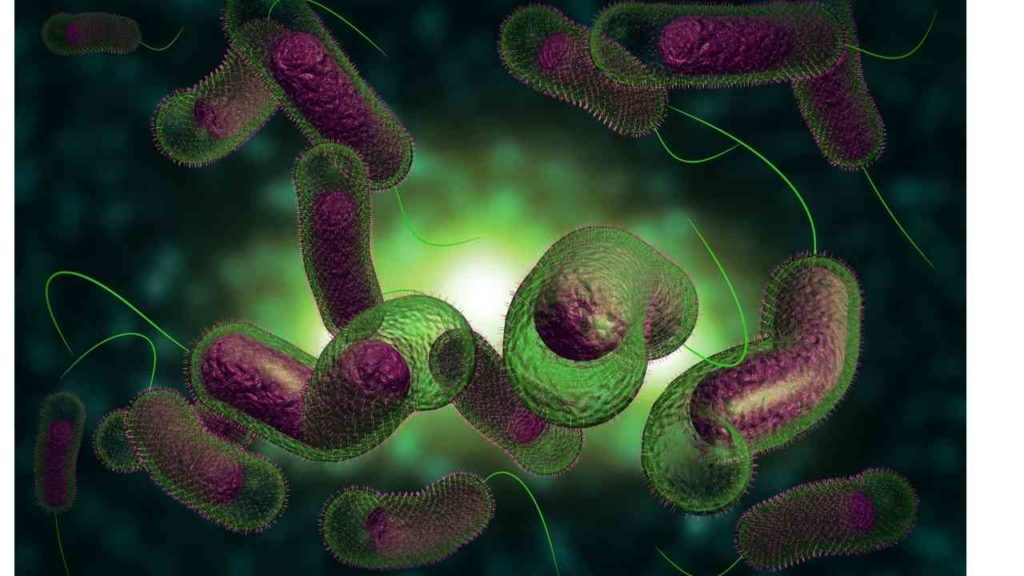Topic Content:
- Kingdom Monera | Prokaryotae e.g. bacteria and blue algae
- Characteristics of Kingdom Monera / Prokaryotae

Kingdom Monera includes prokaryotes (e.g. bacteria and blue algae) and shows the following characters:
Characteristics of Kingdom Monera / Prokaryotae:
1. They are single-celled prokaryotes.
2. Some are anaerobesAn anaerobic organism or anaerobe is any organism that does not require molecular oxygen for growth. It may react negatively or even die if free oxygen is present. Anaerobic means living,... More while others are aerobesAn aerobic organism or aerobe is an organism that can survive and grow in an oxygenated environment. The ability to exhibit aerobic respiration may yield benefits to the aerobic organism, as... More.
3. They have a thick and rigid cell wall made up of amino acids and polysaccharides.
You are viewing an excerpt of this Topic. Subscribe Now to get Full Access to ALL this Subject's Topics and Quizzes for this Term!
Click on the button "Subscribe Now" below for Full Access!
Subscribe Now
Note: If you have Already Subscribed and you are seeing this message, it means you are logged out. Please Log In using the Login Button Below to Carry on Studying!



love this thank you this very helpful
Thanks for the update